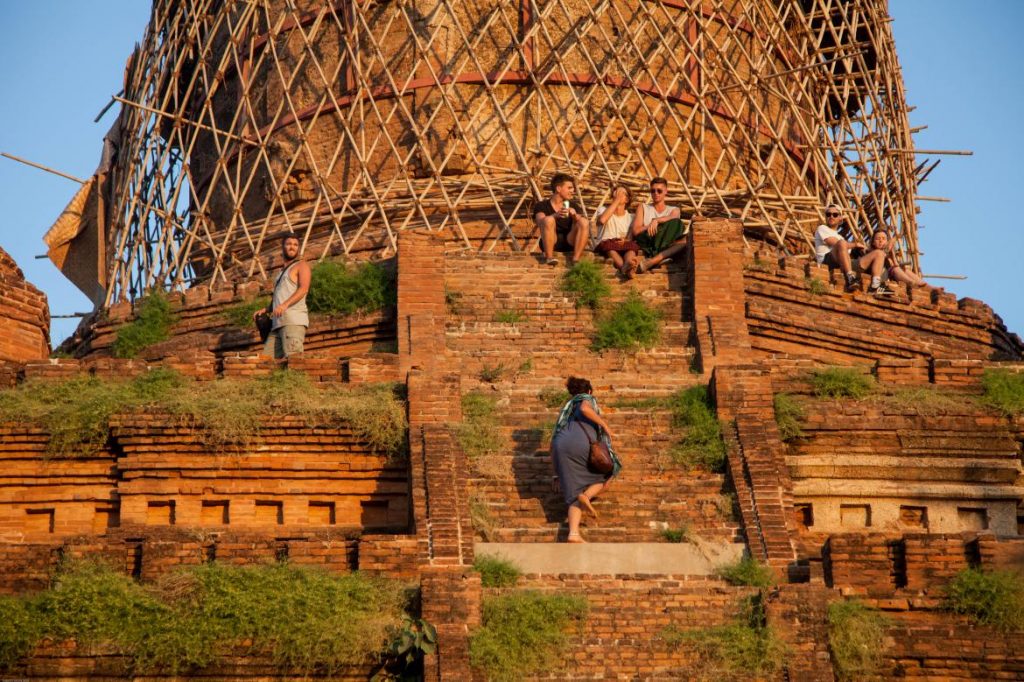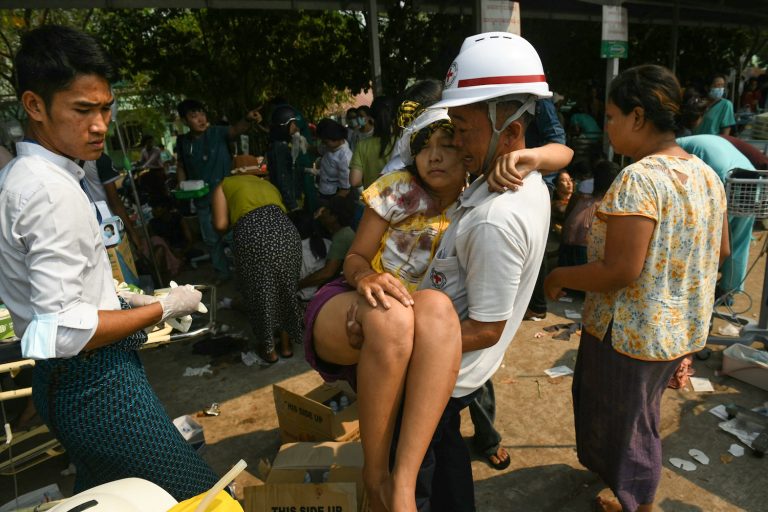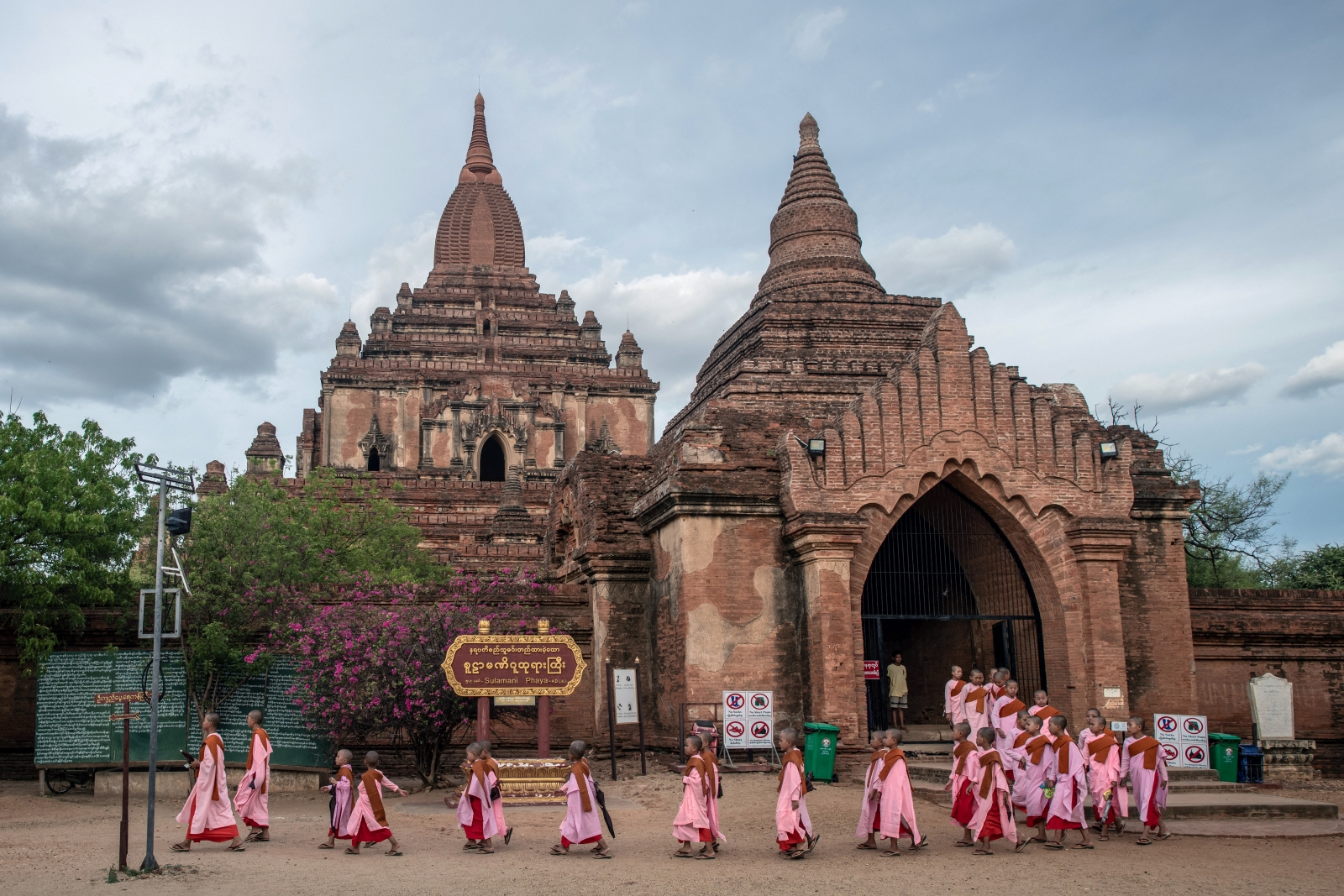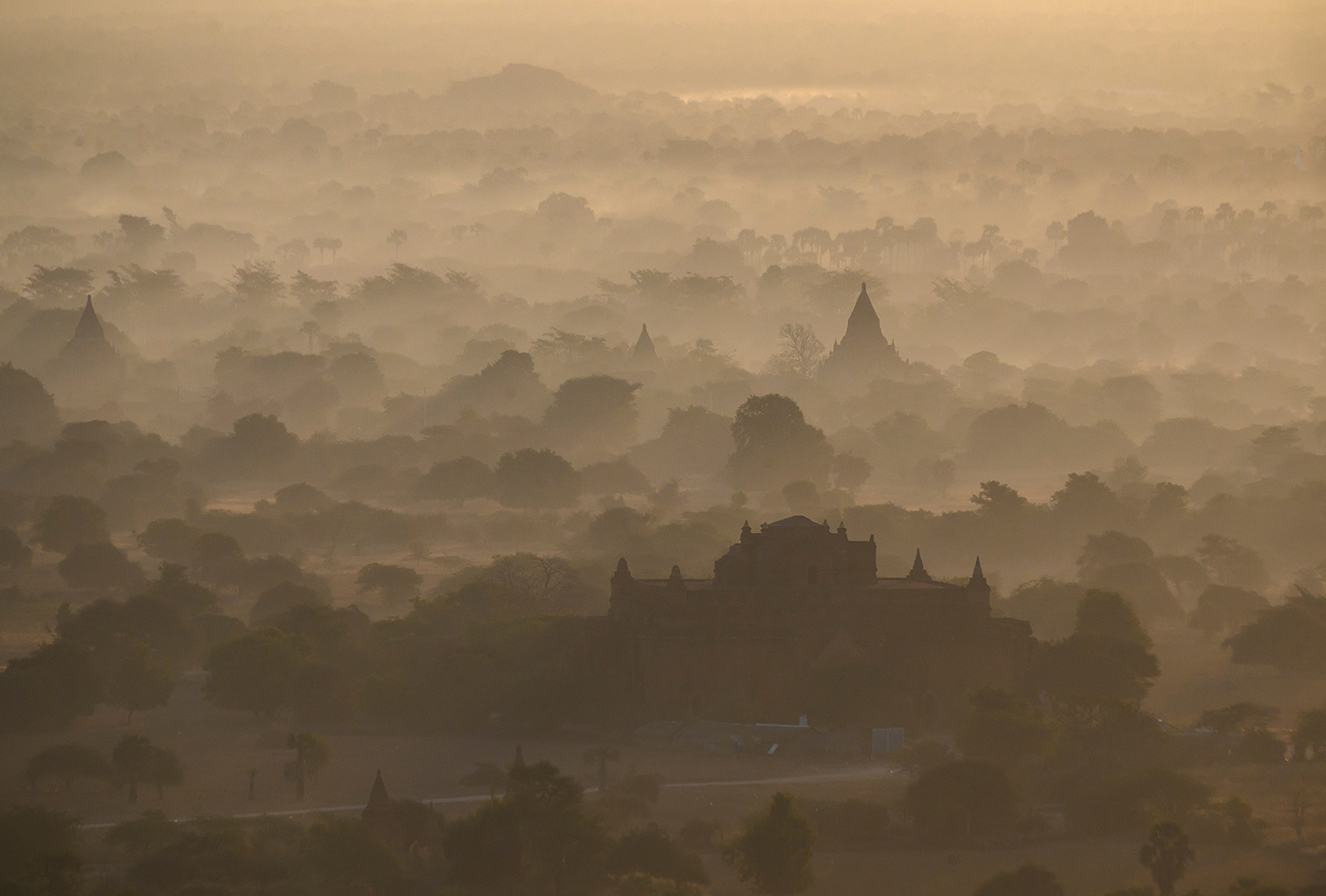By KYAW LIN HTOON | FRONTIER
YANGON — A survey by the Association of Myanmar Architects has recorded 3,822 monuments at Bagan and the inventory has been handed to the Minister for Religious Affairs and Culture, the AMA told a news conference at its Yangon office on September 5.
“This scientifically-collected inventory could be helpful in the process for Bagan to become a UNESCO World Heritage site,” said U Sun Oo, the AMA president.
Preliminary research for the inventory, involving 300 architects who volunteered their time, began before the 2016 earthquake that seriously damaged many ancient temples and other monuments at Bagan, one of the country’s most popular pilgrimage and tourist destinations.
The project was based on Inventory of Monuments at Pagan, by French conservation architect Mr Pierre Pichard, Published in February 1995 after a decade-long survey that received funding from UNESCO, Pichard’s work records 2,834 monuments.
Support more independent journalism like this. Sign up to be a Frontier member.
In its survey, the AMA tried to include all visible monuments. It also found new mounds, including some that were buried but could not be assessed, and counted new structures on old mounds.
“However, we couldn’t have done this complete inventory without the previous work done by Pierre Pichard,” said Dr Pwint, an AMA member and the project leader.
The August 2016 earthquake raised public concern about the risk of damage to the priceless Buddhist temples and other monuments at Bagan. Soon after the disaster, the Department of Archeology, under the Ministry of Religious Affairs and Culture, revealed that more than 300 monuments were in need of urgent repairs.
The DoA is required to submit a preliminary report to UNESCO by the end of September, which is a crucial move in the process to give Bagan a World Heritage listing. “The data shown in this inventory will very helpful for that preliminary report,” said U Maw Lin, vice president of the AMA.
According to a centuries-old Burmese riddle, “hle win yoe than ta nyan nyan”, Bagan has 4,446,733 monuments, but the myth was challenged during the reign of the Ava dynasty monarch King Moe Hnyin in the 15th century. He ordered the first-known survey and it showed 4,000 monuments, the DoA said.
A second survey in 1901 by U Pe (also known as Taw Sein Kho), recorded 2,171 monuments. The number of monuments rose in subsequent surveys by government archeologists and by UNESCO.
The 3,822 monuments included by the DoA in its inventory include monasteries, temples, stupas and other visible sites in the Bagan area.
The next survey needs to include sites that have been hidden under the ground for centuries, Maw Lin said. “To conduct such projects we cannot rely only on our local experts; we need the latest technology, such as tools for scanning and for digging under the ground,” he said.
The DoA needs to have final talks with the AMA about using its inventory in discussions with UNESCO and to have the survey published, said Dr Than Htike, a senior official at the department.
Members of the AMA are concerned that government needs to plan carefully to ensure that Bagan will be able to cope with the millions of visitors that the area is expected to attract within a few years. They hope the government will use the inventory, which details the condition of each monument, to complement conservation efforts.
Sun Oo said the monuments were extremely vulnerable and could even be damaged by visitors rubbing their surfaces. There was also concern about roads close to monuments causing damage from engine vibrations, he said.
Sun Oo agrees that visitors should have the opportunity to view the temple-studded plain of Bagan from elevated vantage points.
“But if we cannot guarantee the preservation of these fragile heritage structures, we should prohibit tourists from touching or climbing up on them.”







